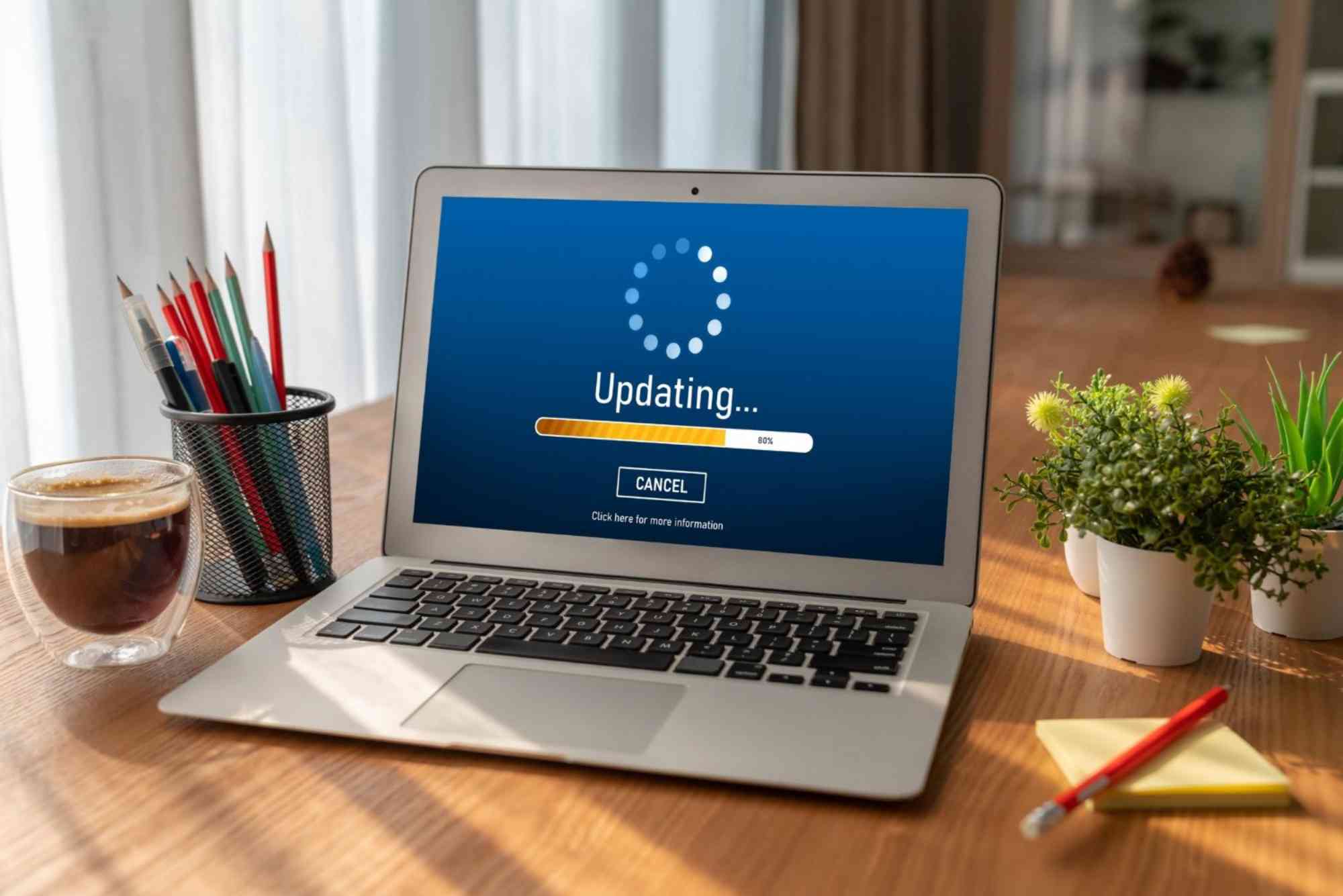How to Perform a Software Update (Actualización de Software)
In today’s digital world, keeping your software up to date is more than just a routine task—it’s a crucial step for protecting your data, improving performance, and enjoying new features. Whether you’re using a smartphone, laptop, tablet, or smart device, regular actualización de software (software update) ensures your systems run smoothly and securely.
Let’s walk through how to perform a software update properly, what it means for your devices, and how to avoid common pitfalls that may arise during the process.
What Is a Software Update (¿Qué es una Actualización de Software?)
A software update is a release provided by the developer to improve or fix existing software. These updates can include security patches, performance enhancements, bug fixes, or entirely new features. The actualización de software process ensures your device stays protected and efficient.
This process can be as simple as clicking an update button or as technical as flashing firmware. The complexity depends on your device type and operating system, but the outcome is always beneficial.
Why Actualización de Software Is Essential
Many people delay updates thinking they are optional. However, this mindset could leave your device exposed or underperforming.
Enhanced Security
New threats emerge daily. Software developers constantly discover vulnerabilities in systems and patch them via updates. Failing to apply these updates could open the door for cyberattacks, malware, or data theft.
Better Performance
A sluggish system can often be improved with the latest actualización de software, which may include performance tuning, bug fixes, or improved user interfaces.
Access to New Features
Updates often bring fresh tools, interface upgrades, and compatibility with newer applications or hardware. This means a better user experience and more options for customization.
Device Longevity
Keeping your software updated can prolong your device’s life. A well-maintained system reduces crashes, freezes, and other hardware issues that may result from outdated software.
Preparing for a Software Update
Before jumping into an update, there are some essential steps to ensure a smooth process.
Backup Your Data
Though most updates go smoothly, it’s wise to back up important files, photos, or documents. Use cloud storage or external drives as a precaution.
Check Battery and Power Source
Ensure your device is charged or plugged in. Interruptions during a software update can cause corruption or even render the system unusable.
Stable Internet Connection
Most updates require downloading files from the internet. A strong and stable Wi-Fi connection helps avoid incomplete or corrupted downloads.
Free Up Storage Space
Check available storage. Large updates may fail if there’s not enough room. Remove unused apps or media if needed.
How to Perform a Software Update on Different Devices
The method of performing an actualización de software varies by device and system. Here’s a simplified guide for common platforms.
Windows PC
- Click the Start Menu and go to Settings.
- Navigate to Update & Security.
- Click Check for updates.
- If updates are available, click Download and Install.
- Restart the system once the update completes.
Windows often schedules updates, but manual checking ensures nothing critical is missed.
macOS (Apple Computers)
- Open System Settings or System Preferences.
- Click on Software Update.
- If an update is available, click Update Now or Upgrade Now.
- Enter your password if prompted and wait for the installation to complete.
Apple also offers automatic updates, which can be toggled on or off.
Android Smartphones
- Open Settings.
- Scroll to System or About Phone.
- Tap System Update.
- Check for updates and follow on-screen instructions.
Keep your phone charged and connected to Wi-Fi for optimal update performance.
iPhone (iOS)
- Go to Settings > General.
- Tap Software Update.
- If an update is available, tap Download and Install.
- Enter your passcode and follow the prompts.
iPhones also support automatic updates overnight when charging.
Smart TVs and Devices
Smart TVs, routers, and other IoT devices often have built-in update options.
- Open device settings.
- Navigate to the System or About section.
- Select Software Update.
- Confirm and begin the update.
Some devices also support app-based updates via companion mobile apps.
Common Issues During Actualización de Software
Even though most updates complete without problems, certain issues can occur. Here’s what to watch out for and how to solve them.
Update Fails or Freezes
If the device freezes, do not power it off immediately. Wait a few minutes. If it remains stuck, try a hard reboot and retry the process.
Storage Errors
If you get a low storage message, delete unneeded files or apps, and try again.
Compatibility Problems
Older devices might not support the latest updates. Always read the update notes before installing.
Data Loss
If something goes wrong, a backup will be your safety net. Always back up before a major update.
Automating Software Updates
To minimize manual effort and stay protected, most devices offer options for automatic updates.
Enable auto-updates in your system settings so you never miss critical improvements. For example:
- On Windows: Enable Automatic Updates in Settings.
- On Android: Use the Auto-Update Apps setting in the Play Store.
- On iOS: Turn on Automatic Updates under Software Update settings.
However, automation has its downsides. Unexpected restarts or compatibility issues can arise. Always keep an eye on recent updates and review what’s being installed.
Best Practices for Software Updates
- Schedule updates during low-usage hours.
- Read release notes before installing.
- Update apps along with your system.
- Don’t ignore notifications about updates.
- Restart your device after each update for proper installation.
These habits will help maintain a reliable and secure environment for work or entertainment.
Actualización de Software: The Bigger Picture
Software updates are not just technical tasks—they are a form of digital hygiene. Much like you wash your hands to stay healthy, updating your software keeps your digital life safe, secure, and productive.
Skipping updates might seem harmless but over time, vulnerabilities and bugs accumulate. Whether you’re an individual user or managing devices for a team or business, staying current is key.
FAQs
How long does a software update take?
It varies by device and update size. Most updates take between 10 to 30 minutes. Major upgrades may take longer.
Is it safe to update software over mobile data?
While possible, it’s not recommended. Updates can be large and may incur high data charges. Use Wi-Fi when available.
Why is my device slower after a software update?
Temporary slowness can occur as the system optimizes post-update. If the issue persists, clear cache or restart the device.
Can I skip a software update?
Yes, but skipping updates can expose your device to security risks and bugs. It’s best to stay current.
What should I do if the update fails repeatedly?
Check storage space, internet connection, and restart the device. If it still fails, contact support or try manual installation via a PC.





